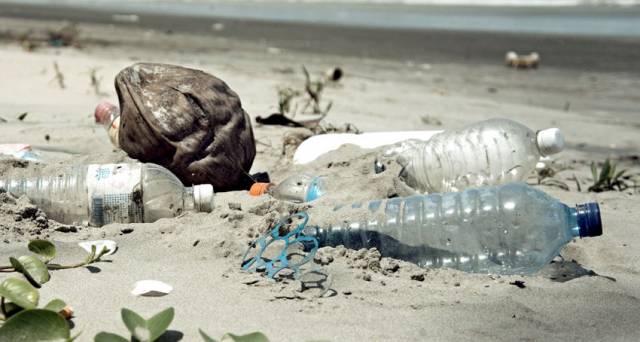#Litter - Only 8% of beaches, harbours and rivers in Ireland can be considered clean, according to the first national survey on littering at waterside spots.
An Taisce investigated 50 sites nationwide on behalf of the Irish Business Against Litter (IBAL) group and found that just four – Salthill in Galway, Kinsale Harbour in Co Cork, Lanesborough and Carrick-on-Shannon – were clean when measured against EU standards.
Outsider.ie has the full survey results, which point at Cork Harbour and the Wild Atlantic Way as among the biggest offenders for litter blight around the coast.
“We know the success of the Wild Atlantic Way is placing strains on infrastructure of various kinds,” said IBAL spokesperson Conor Horgan. “Litter is a likely consequence of this and one local authorities need to manage to ensure the appeal of the way is sustained.”
Among inland waterways, the Boyne in Drogheda, the Shannon at Portumna, the Suir in Waterford city and the Tolka at Annesley Bridge were considered “heavily littered” — mostly by plastic bottles and drinks cans, cigarette butts and plastic sweet wrappers.
In an editorial earlier this week, The Irish Times warned over “the permanent damage being caused to the marine environment in the form of plastic pollution”.
The issue is one that many campaigners around the country are attempting to tackle – including young Flossie Donnelly and her clean-up efforts in Dun Laoghaire Harbour.
It’s also considered a threat to Ireland’s angling resource. “Our waterways and the fish which they sustain are one of our great natural assets,” said Suzanne Campion, head of business development at Inland Fisheries Ireland (IFI).
“Ireland has a reputation as an outstanding angling destination however this is reliant on our ‘green’ image. We are disappointed to learn that angling destinations such as the Boyne, Shannon, Suir and Tolka feature on the ‘heavily littered’ list.”
IFI promotes a ‘leave no trace’ ethos with anglers and all water users, and Campion appealed to the public “to refrain from littering in or around our waterways”.
Campion added: “If we are to ensure the sustainability of the resource in the long term and to safeguard Ireland’s enduring appeal within the world of angling then we each need to quickly remedy this litter issue.”
As previously noted on Afloat.ie, Doolin ferry operator Eugene Garrihy hit out at the IBAL’s claims that the Clare town is a “litter blackspot”.































































